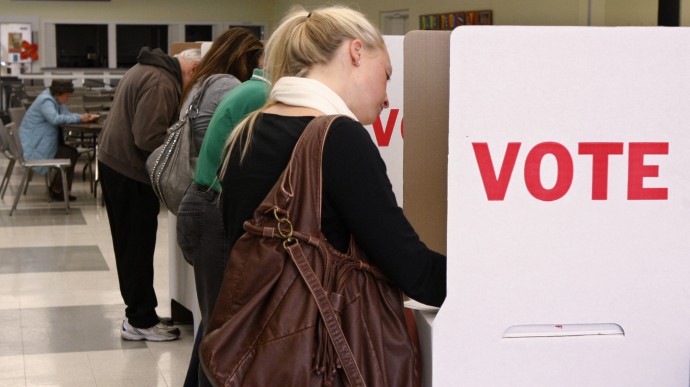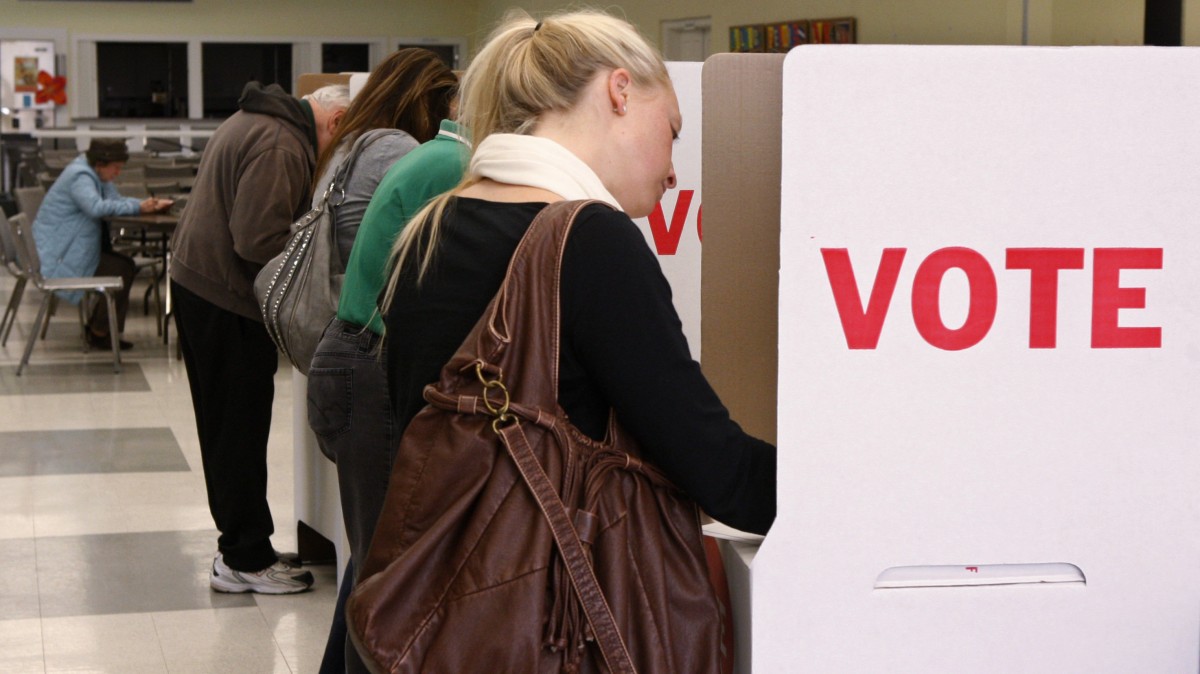
(NEW YORK) MintPress — “I call upon the people of the United States to celebrate the achievements of women and recommit ourselves to the goal of gender equality in this country,” proclaimed President Obama in recognizing Aug. 26 as “Women’s Equality Day.”
It is the 91st anniversary of the Constitutional amendment that granted women the right to vote.
“The 19th Amendment to the United States Constitution tore down the last formal barrier to women’s enfranchisement in our nation and empowered America’s women to have their voices heard in the halls of power,” said Obama. “On the 91st anniversary of this landmark in civil rights, we continue to uphold the foundational American principles that we are all equal, and that each of us deserves a chance to pursue our dreams.”
“Women today are closer to the equality sought by early women’s rights advocates Susan B. Anthony and Alice Paul,” said Secretary of Labor Hilda Solis in a statement.
Indeed, women now comprise 1 in 4 state legislators, 17 members of the Senate, three justices on the Supreme Court, 74 generals in the armed forces and seven Cabinet-level positions in the Obama Administration, according to Solis.
“We’ve ascended to leadership positions across all walks of American life, but perhaps our greatest impact can be felt in the American workforce,” she claimed.
“Today, we are a country drawing down from two wars and recovering from another great financial crisis, and once again it is women who are leading this country back.”
Long road to the ballot box
In fact, Congress designated Aug. 26 as “Women’s Equality Day” at the urging of Rep. Bella Abzug (D-N.Y.) in 1971.
The date was selected largely to celebrate women acquiring suffrage, which was the culmination of a massive civil rights movement that began in 1948 at the first women’s rights convention, held in Seneca Falls, N.Y.
As journalist and author Gail Collins wrote in a New York Times op-ed titled, “My Favorite August,” “The right to vote was the end result of a hard-fought, 70-year battle. One of the major roadblocks was the U.S. Senate, which immovably opposed women’s suffrage for decades.”
Suffragists’ hard work paid off when the House of Representatives passed the 19th Amendment in 1918, President Woodrow Wilson pushed it through the Senate in 1919 and Tennessee became the 36th state to ratify it on Aug.18, 1920, providing the final ratification necessary to enact it.
That made the U.S. the last major English-speaking country to do so: Australian women gained the right to vote in 1902, while Canadian and British women followed in 1918.
But even that wasn’t the end of the battle here. Many states waited years — some even decades — to accept the amendment, with Virginia ratifying it in 1952, Alabama in 1953, Maryland in 1958, Florida and South Carolina in 1969, Georgia and Louisiana in 1970, North Carolina in 1971 and Mississippi in 1984.
The resolution authorizing “Women’s Equality Day” was also designed to call attention to the ongoing fight for equal rights in every field. Aug. 26 was also the day in 1970 when women held a massive nationwide Strike for Equality.
“The test for whether or not you can hold a job should not be the arrangement of your chromosomes,” said Abzug.
“WHEREAS, the women of the United States have been treated as second-class citizens and have not been entitled the full rights and privileges, public or private, legal or institutional, which are available to male citizens of the United States,” reads the resolution.
State of the nation
Forty-one years later, obstacles to full equality remain. Women still make just 81 cents on the dollar compared to men, a gap that increases among minority and disabled women, and they hold only 15 percent of the seats on the boards of Fortune 500 companies. Only a fraction of them have women at the helm.
In addition, women hold just 27 percent of jobs in science and engineering, which are critical to economic growth in the 21st-century.
Even more stunning: The U.S. lags far behind the dozens of countries, including Bangladesh, Brazil, Great Britain, Pakistan and the Ukraine, who have elected or appointed women to run them.
Clearly, there is still a long way to go.
“If we continue to fight for our hopes and aspirations,” said President Obama, “there will be no limit to the possibilities for our daughters and granddaughters,”


